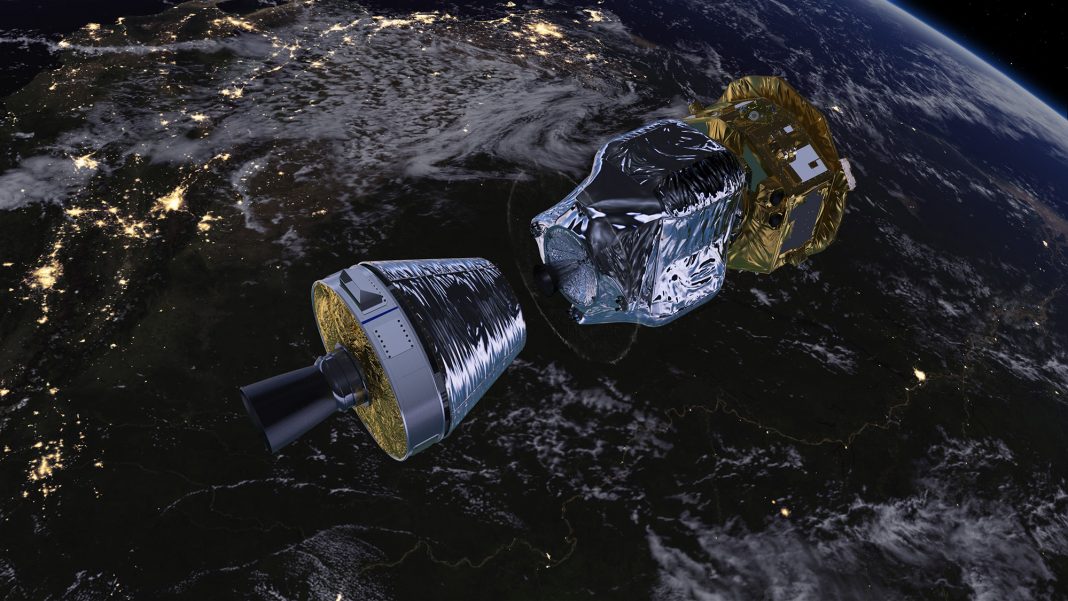The solar race car team from the University of Michigan has won the last six *American Solar Challenges and in the last 27 years of worldwide races have procured third place five times. However, this fall, the top ranked U.S. sun-powered teams will race with a never before seen design.
Named Novum, meaning ‘new thing’ in Latin, the new design is long and skinny and more aerodynamic than in previous years. Its first race will be in October for the Bridgestone World Solar Challenge in the Australian Outback. The 17 member team will compete against other teams from across the world in the annual 1,800-mile event.
Novum clocks in at a little more than a meter wide, and is 40 percent thinner than last year’s model, Aurum, making it 20 percent more efficient according to simulations. Additionally, this year’s car has unique technology tweaks to its solar cells.
“There are two ways to improve,” said engineering director and mechanical engineering student Clayton Dailey. “You either refine an iteration of a previous design or you change something drastically. This year we’re going for a drastic change. We’re doing something that hasn’t been done before – going to the unknown.”
Some of the UM design changes were prompted by an alteration in race regulations that required participants’ solar arrays to be reduced by one-third. At the same time, the team procured the latest generation ‘multijunction’ solar cells, composed of gallium arsenide, that operate at a 35 percent efficiency, an improvement over the previous silicon cells with only 20 percent.
“Flat-panel silicon is basically maxed out in terms of efficiency,” said Rachel .S. Goldman, a U-M materials science and engineering professor who works on gallium arsenide cells but is not a part of the race team.
The new solar arrays are half the size of Aurum’s but are expected to maintain the same 50-55mph hour average speeds.
“Going from silicon to multi junction is a big jump in efficiency,” said Eric Brown, race array engineer, and an electrical engineering student. “These types of cells are found in places where space is at a premium but you need a lot of energy. So, for example, satellites use them quite a bit. There are also different things you can do to mitigate losses from curvature and shading that you can’t do with silicon.”
The aerodynamics leader and a mechanical engineering graduate student Jiahong Min talk about the design process for such a unique vehicle: “My teammates and I designed a lot of strange looking cars—all the crazy ideas we thought of trying in the past. There was a lot of trial and error, but experiments showed that making it narrower was more efficient than making it shorter.”
They experimented with many shapes “until at one point we said what if we just merge them?” Min said. “And then–bam–that’s how the shape came together.”
Some test were done to performed to ensure the narrow design could stand up to the powerful winds of the Australian Outback and a road test is scheduled for later this summer. The real race begins 8 October 2017.
“I think this race,” Dailey added, “will usher in the next era of solar cars.”
*The American Solar Challenge (ASC) is a multi-day, 1,500-2,000 mile cross-country endurance rally across North America. The event is typically held every other year during the summer and is open to collegiate level solar car teams from countries all over the world.
More News to Read











